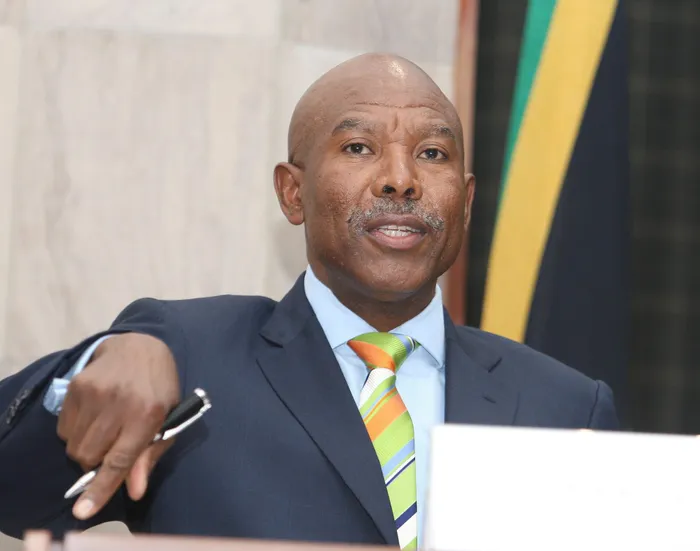SA Reserve Bank says upwards cycle started in May 2020

Governor Lesetja Kganyag. Photo by Simphiwe Mbokazi
By Helmo Preuss
There was some good news in the South African Reserve Bank’s (SARB) Quarterly Bulletin released on March 31. In this case it was not an April Fool’s joke, but rather the result of many hours of work by the statistical section at the SARB, which determined that the upwards phase in the South African business cycle started in May 2020.
The business cycle dating section analysed a large number of data series rather than using the easy conventional economist’s definition of saying that two consecutive quarterly declines in economic activity constitute a “recession”.
Growth cycles on the other hand have a longer duration and are captured by fluctuations around the long-term trend of aggregate economic activity. They are also called trend-adjusted business cycles.
The SARB’s business cycle chronology data uses similar methodology as in the US.
The most important part of the dating methodology is to determine the turning points that distinguish between upwards phases, which the SARB defines as periods when the rate of growth in aggregate economic activity either matched or exceeded the long-term trend and the downwards phases, which are defined as periods when economic activity either contracted or increased at a slower pace than its long-term trend.
In the December 2022, Quarterly Bulletin the SARB said the downwards phase started in December 2013, and at that stage it had not yet determined a lower turning point.
The SARB now says that the reference date for the lower turning point in the South African business cycle was established in April 2017, with the downwards phase of the business cycle lasting 41 months.
The subsequent moderate upwards phase lasted 26 months, with June 2019 identified as the reference peak.
The ensuing downwards phase lasted only 10 months up to April 2020, but was extremely severe due to the impact of the Covid-19 pandemic shock. The domestic economy then entered an upwards phase of the business cycle in May 2020, as the recovery from the Covid-19 lockdowns commenced.
On a quarterly basis, the South African economy has grown by 20.5% since bottoming in the second quarter of 2022, which includes the May 2020 turning point, but has endured two quarterly contractions in the second quarter of 2022, and the fourth quarter of 2022.
Hemo Preuss is an economist at Forecaster Ecosa
BUSINESS REPORT
Related Topics: